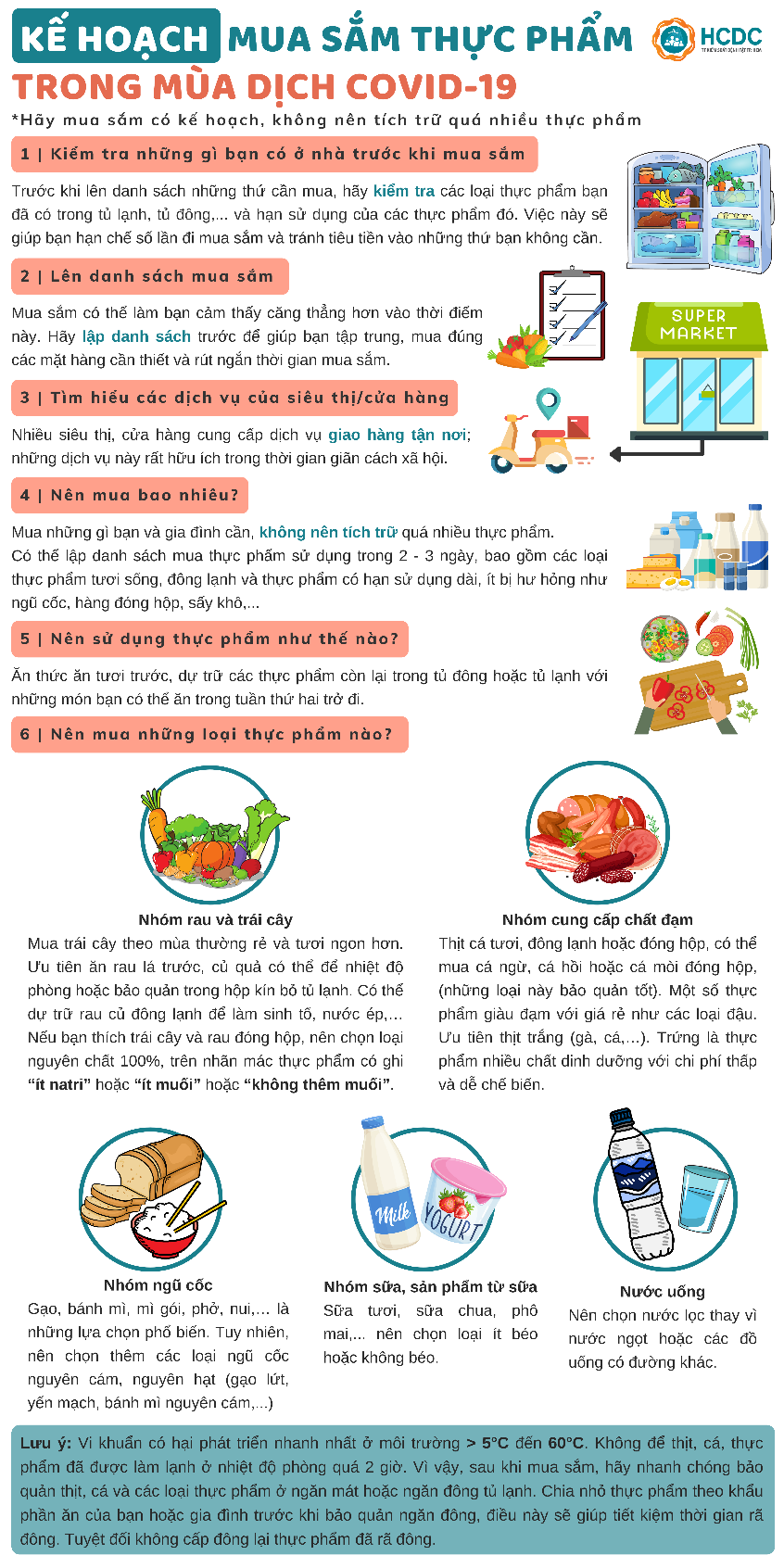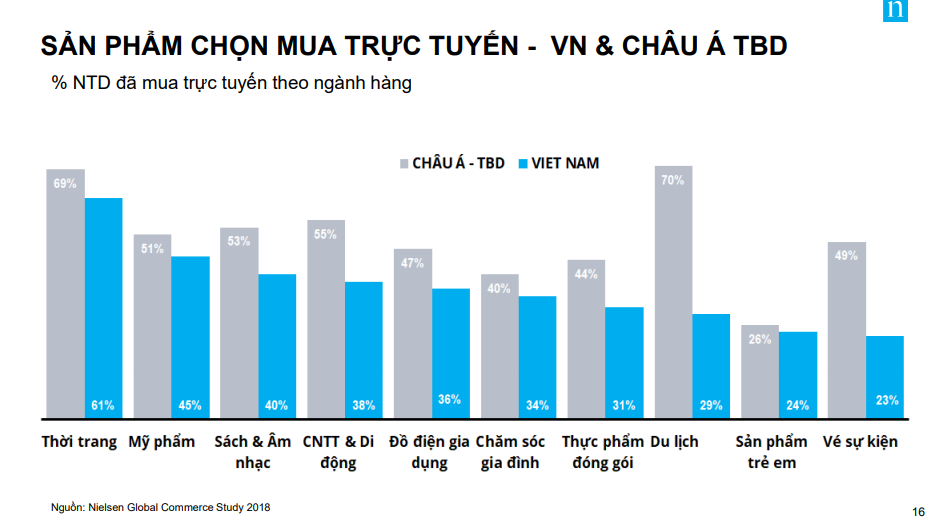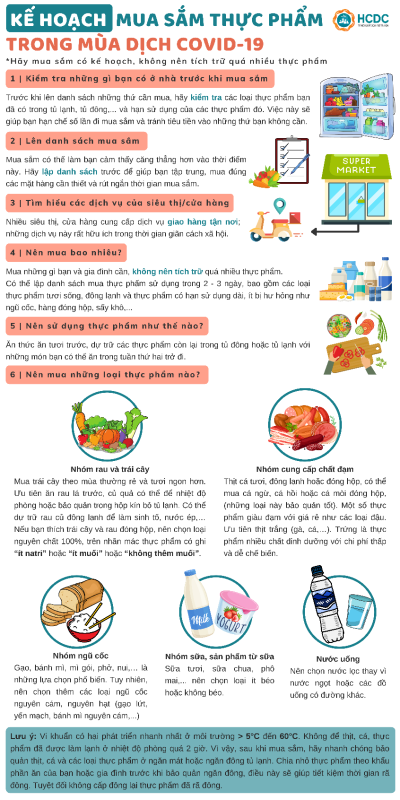No products in the cart.
Blog
Hướng Dẫn Mua Sắm Thực Phẩm Tại Nhật: Từ Chợ Truyền Thống đến Siêu Thị Hiện đại
[

Hướng Dẫn Mua Sắm Thực Phẩm Tại Nhật: Từ Chợ Truyền Thống đến Siêu Thị Hiện đại

Introduction:
Japan, a land of culinary delights, offers a fascinating array of food shopping experiences, ranging from bustling traditional markets brimming with fresh produce to sleek, modern supermarkets boasting an unparalleled selection. Navigating this diverse landscape can feel overwhelming, but with the right guidance, you’ll unlock access to incredible ingredients and authentic Japanese flavors. This comprehensive guide will equip you with the knowledge and strategies to confidently navigate Japanese grocery shopping, ensuring you find the best quality food at the best prices. Whether you’re a seasoned traveler or a first-time visitor, this guide will be your passport to a truly authentic Japanese culinary adventure.
Chợ Truyền Thống (Traditional Markets): A Sensory Feast
Traditional markets, or ichiba, are vibrant hubs of activity, offering a sensory experience unlike any other. The bustling atmosphere, the aromatic smells, and the visual spectacle of colorful displays create a truly immersive shopping experience. Beyond the sensory overload, these markets often offer the freshest, highest quality produce at competitive prices, often sourced locally. They are also a great place to interact with friendly vendors and learn about local specialties.
- Seasonal Produce: Ichiba prioritize seasonal ingredients, ensuring peak flavor and freshness. Ask vendors about what’s in season for the ultimate taste experience.
- Seafood Selection: Many markets feature extensive seafood counters with an impressive array of fresh catches. Don’t hesitate to ask about preparation suggestions.
- Negotiating Prices: While not always common, polite negotiation, especially for bulk purchases, might be possible, particularly in smaller markets.
- Supporting Local Farmers: Shopping at ichiba directly supports local farmers and producers, contributing to the local economy.
- Unique Finds: Discover unique and hard-to-find ingredients not usually available in larger supermarkets.
- Cultural Immersion: Experience authentic Japanese culture and interact with friendly local vendors.
Siêu Thị Hiện Đại (Modern Supermarkets): Convenience and Choice
Modern supermarkets, like Aeon, Ito-Yokado, and Life, offer a completely different shopping experience. These establishments boast a vast array of imported and domestic products, providing incredible convenience and selection. While the atmosphere might lack the charm of a traditional market, the cleanliness, organization, and wide range of options are undeniable advantages. They also often feature prepared meals and ready-to-eat options, perfect for busy travelers.
- Wide Selection: Find everything from everyday staples to specialty ingredients and international products under one roof.
- Organized Layout: Supermarkets are typically well-organized, making it easy to locate specific items.
- Prepared Foods: Take advantage of ready-to-eat meals, bento boxes, and other convenient options.
- Point Cards and Discounts: Many supermarkets offer point cards and regular discounts, allowing you to save money.
- English Signage: Although Japanese is dominant, many supermarkets feature English signage, aiding navigation.
- Convenient Locations: Supermarkets are conveniently located throughout Japan, ensuring easy access.
Convenience Stores (Konbini): Quick Bites and Essentials
Convenience stores, known as konbini (7-Eleven, FamilyMart, Lawson), are ubiquitous in Japan and serve as a lifeline for quick purchases. While not ideal for major grocery shopping, they’re indispensable for grabbing snacks, drinks, ready-to-eat meals, and essential items on the go. Their 24/7 availability makes them extremely convenient, particularly for late-night cravings or unexpected needs.
- 24/7 Availability: Access essential items and snacks anytime, day or night.
- Ready-to-Eat Meals: Grab a quick and delicious meal or snack, perfect for busy schedules.
- Onigiri and Bento Boxes: Find freshly made onigiri (rice balls) and bento boxes for a satisfying meal.
- Drinks and Snacks: A wide variety of drinks and snacks are available to satisfy any craving.
- Everyday Essentials: Stock up on basic necessities like toiletries, over-the-counter medications, and magazines.
- ATM Access: Most konbini have ATMs, providing easy access to cash.
Specialty Stores: Diving Deep into Culinary Niches
Japan’s culinary landscape is richly diverse, and this is reflected in the abundance of specialty stores catering to specific needs. Whether you’re seeking the finest quality tea, the most exquisite seafood, or rare spices, dedicated stores offer a curated selection that surpasses the breadth of larger supermarkets. These stores are the key to unlocking truly authentic culinary experiences.
- Seafood Shops: Discover a wide array of fresh and prepared seafood, often sourced locally.
- Tea Shops: Explore a vast selection of high-quality teas, from matcha to sencha and beyond.
- Spice Shops: Find rare and unique spices that add depth and complexity to your dishes.
- Produce Specialty Shops: Locate shops specializing in specific fruits, vegetables, or mushrooms, offering unparalleled quality.
- Meat Shops: Experience superior cuts of meat and personalized service from knowledgeable butchers.
- Sweet Shops: Indulge in a wide array of traditional Japanese sweets and confectioneries.
Online Grocery Shopping: The Convenience of Home Delivery
For those seeking the utmost convenience, online grocery shopping is a viable option. Several services offer home delivery, allowing you to browse and order from the comfort of your accommodation. This option is particularly helpful for those staying in areas with limited access to physical stores or dealing with heavy luggage.
- Convenience: Order from anywhere with internet access and have groceries delivered directly to your door.
- Wide Selection: Access a wide array of products, sometimes exceeding what’s available in physical stores.
- Time Saving: Avoid the hassle of physically shopping and carrying groceries.
- Comparison Shopping: Easily compare prices and products from various retailers.
- Scheduled Deliveries: Choose a delivery time that best suits your schedule.
- Language Support: Some services offer English language support, facilitating the ordering process.
Table Summarizing Key Differences:
| Feature | Traditional Market | Modern Supermarket | Convenience Store | Specialty Store | Online Grocery |
|---|---|---|---|---|---|
| Atmosphere | Bustling, vibrant | Clean, organized | Convenient, quick | Specialized | Convenient |
| Selection | Fresh, seasonal | Wide, varied | Limited, essential | High-quality, niche | Wide, varied |
| Price | Often competitive | Varied | Higher | Premium | Varies |
| Convenience | Moderate | High | Extremely high | Moderate | Extremely high |
| Cultural Aspect | High | Moderate | Low | High | Low |
Conclusion:
Navigating the Japanese food shopping scene is a delightful journey of discovery. From the vibrant energy of traditional markets to the organized efficiency of modern supermarkets, and the sheer convenience of konbini and online delivery, each option offers a unique experience. Understanding the nuances of each shopping environment empowers you to make informed choices, ensuring you secure the freshest ingredients, experience authentic Japanese culture, and enjoy the best possible culinary adventures during your time in Japan. Embrace the variety, experiment with different approaches, and savor the delicious rewards of your culinary exploration. This guide provides a solid foundation, but don’t hesitate to explore and discover your own preferred methods for enjoying the diverse and delicious food scene in Japan.
Keywords: Japanese grocery shopping, traditional markets, supermarkets Japan, convenience stores Japan, online grocery delivery Japan
]


Bài viết hay quá! Rất hữu ích cho những người lần đầu tiên đến Nhật. Mình thấy phần hướng dẫn mua sắm ở chợ truyền thống rất chi tiết và dễ hiểu. Cảm ơn tác giả nha!
Thật sự bổ ích! Mình định đi Nhật năm sau, bài viết này giúp mình chuẩn bị tốt hơn nhiều. Tuyệt vời!
Bài viết thiếu thông tin về các loại thực phẩm đặc sản của Nhật Bản. Phần về siêu thị hiện đại cũng hơi sơ sài.
Tôi thấy bài viết này không đủ thuyết phục. Tác giả nên bổ sung thêm nhiều hình ảnh minh họa để người đọc dễ hình dung hơn. Và cần thêm thông tin về giá cả nữa nhé!
Thêm thông tin về việc thanh toán, các loại tiền tệ được chấp nhận ở chợ và siêu thị. Rồi cả cách mặc cả nữa nha, nếu có thể.
Mình thấy phần hướng dẫn mua sắm ở siêu thị hiện đại chưa thực sự đầy đủ. Nên nói thêm về các chương trình khuyến mãi, giờ cao điểm hay giảm giá nữa chứ!
Tuyệt vời! Nhưng mà sao lại không có phần hướng dẫn về việc mua hải sản tươi sống nhỉ? Đó là một phần rất quan trọng khi mua sắm thực phẩm ở Nhật mà!
Bài viết hay đấy, nhưng mà đọc xong mình vẫn thấy…chẳng hiểu gì cả! Như kiểu người ngoài hành tinh viết ấy!
Ôi, hướng dẫn mua sắm ở Nhật kĩ càng thế này, chắc mình phải in ra mang theo khi đi du lịch quá. Tuyệt cú mèo!
Bài viết này hay như…một bài báo cáo khoa học về việc mua rau củ quả vậy. Chán chết đi được!
Haha, đọc bài viết này mà mình tưởng tượng ra cảnh mình lóng ngóng mua đồ ở Nhật cười muốn bể bụng luôn. Hay quá!
Bài viết khá hữu ích, nhưng mà hình như tác giả quên mất một điều quan trọng đó là nên chú ý đến hạn sử dụng của thực phẩm khi mua sắm. Đọc xong mà thấy lo lo ấy!
Rất tuyệt vời! Mình đã học hỏi được rất nhiều điều bổ ích từ bài viết này. Cảm ơn tác giả đã chia sẻ những kinh nghiệm quý báu!